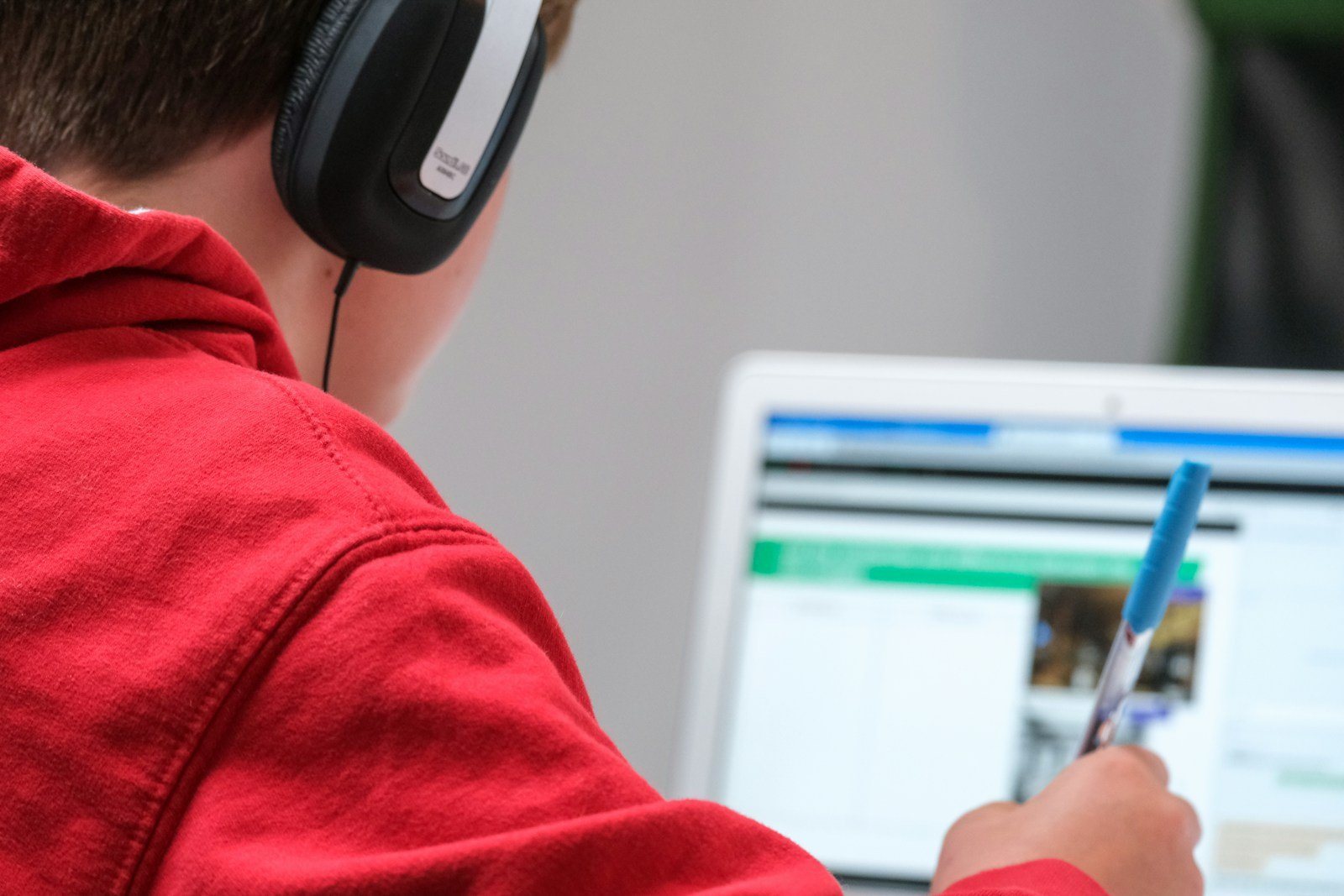Studying in the USA is a dream that begins in the bustling streets of Kathmandu and unfolds in the lecture halls of American universities. But what does this journey really look like? Let’s walk through it from the eyes of Aayush, a 22-year-old student from Lalitpur, who landed in Erie, Pennsylvania to begin his master’s degree at Gannon University.
Cultural Shifts and First Impressions
The moment Aayush stepped off the plane, he felt a chill—not just from the icy December wind, but from the shock of stepping into a completely new world. People greeted each other with smiles but rarely lingered to chat. There were no street vendors calling out, no buzzing motorbikes weaving through traffic. Erie felt calm. Too calm.
At first, he missed home terribly. The food tasted bland, conversations felt distant, and jokes often went over his head. But then, he met Priya, another Nepali student who took him to a Dashain celebration organized by the Nepali Student Association. Dressed in traditional clothes, dancing to familiar music in a foreign land, he felt his first wave of comfort.
Academic Life: More Than Just Books
Back in Nepal, Aayush was used to memorizing notes and reproducing them during exams. In the U.S., his professors didn’t care how well he could memorize—they wanted him to think, analyze, and question. It was unsettling at first.
He recalls his first group presentation where he barely spoke. But by mid-semester, he had mastered the art of discussing ideas, thanks to office hours and feedback sessions with his professor. He also learned to cite sources, manage deadlines through learning platforms like Canvas, and collaborate using Google Docs—skills that felt like superpowers.
Part-Time Jobs and Financial Independence
To help cover expenses, Aayush took a part-time job at the campus library. The work was quiet but rewarding. He met students from around the world—China, Nigeria, Brazil—and swapped stories during lunch breaks.
Eventually, he found an on-campus internship related to his major. “It was the turning point,” he said. “I started to feel like I belonged here—not just as a student, but as a future professional.”
Life Beyond the Campus
From spontaneous road trips to Niagara Falls to snowy treks with classmates, weekends were packed with adventures. He joined the International Students Club, volunteered at a food bank, and even hosted a momo night that drew 60 students curious about Nepali food.
Still, he missed home during Tihar. So he called his family, lit a small diya in his room, and played old Nepali songs while working on an assignment. It wasn’t the same—but it was enough.
Final Thoughts:
Studying in the USA is not just an education. It’s a transformation. From Kathmandu to Erie, Aayush’s journey mirrors that of many Nepali students—filled with struggles, triumphs, and everything in between. It’s not easy, but it’s worth it.



